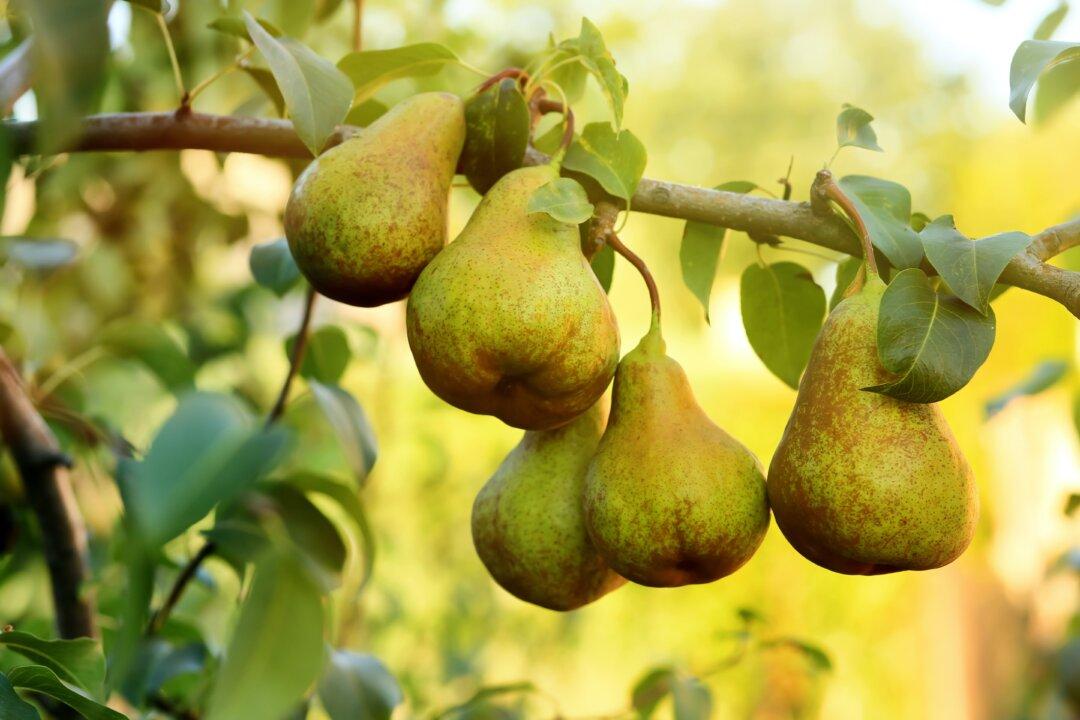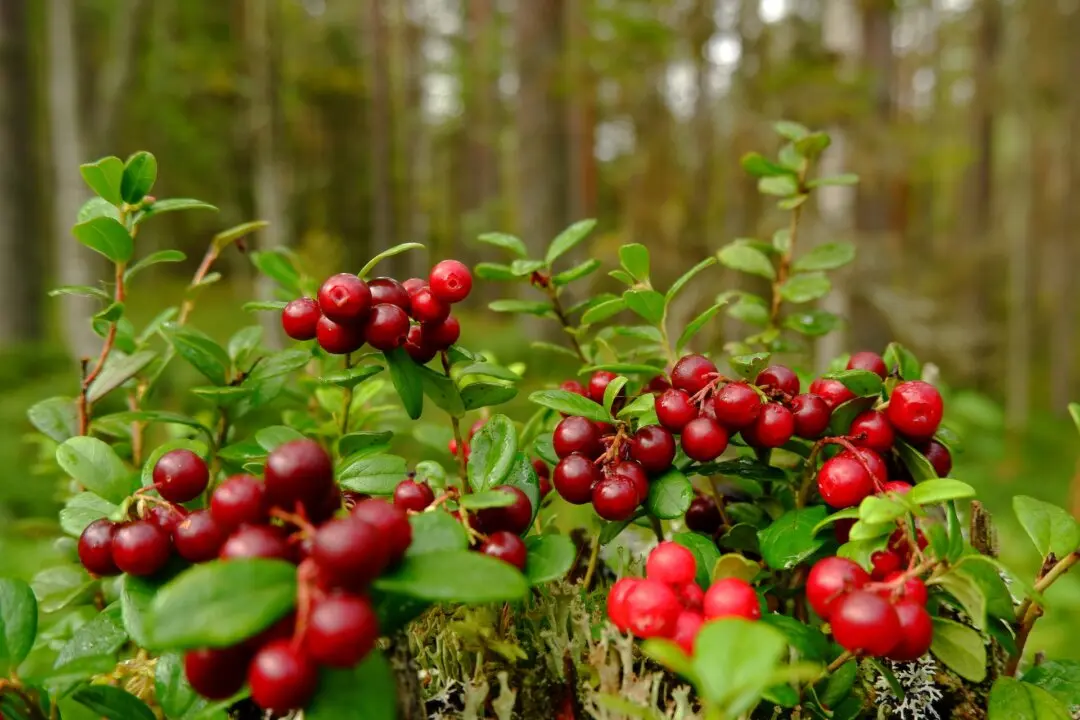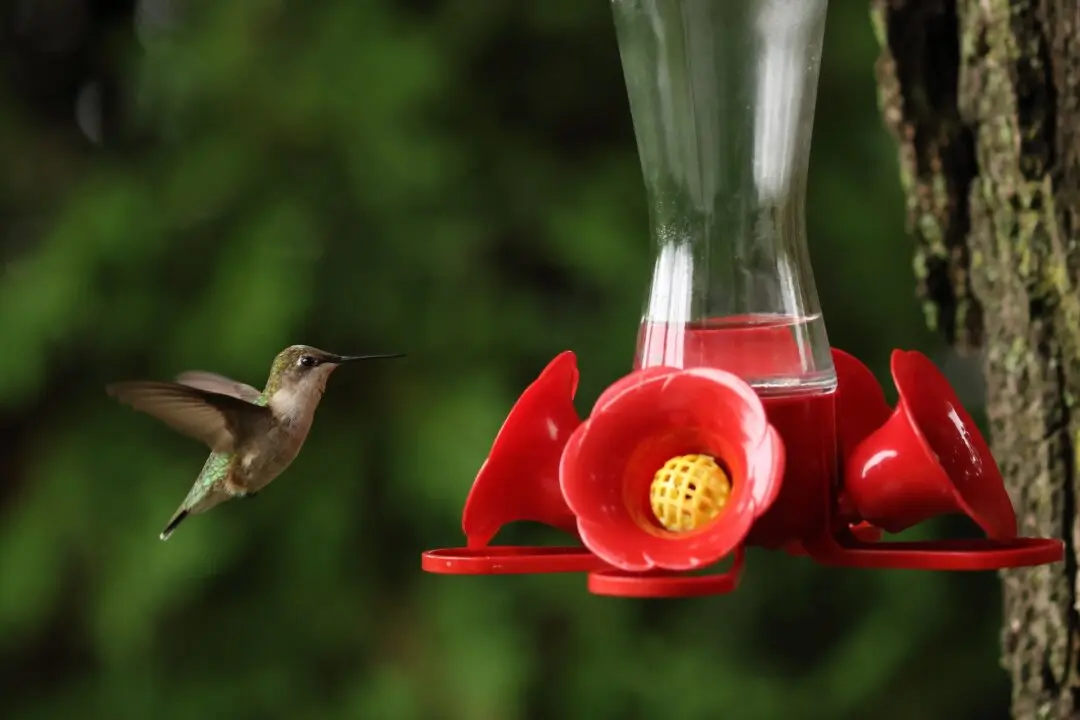Q: My local nursery is selling fruit trees at a discount because they are getting ready for fall. I have been trying to decide if I want to plant a peach tree or a pear tree. I think I really only have room for one tree. I have read that I need to get two pear trees if I want to get fruit. Is there any way around this situation if I decide I want the pears?
A: Most fruit tree types are self-pollinating, but some are not. To get fruit from apples, pears, sweet cherries, and plums, you usually need another tree from a different variety. A few of the self-pollinating types of trees will produce more fruit that is larger in size if they are pollinated from a different variety.





